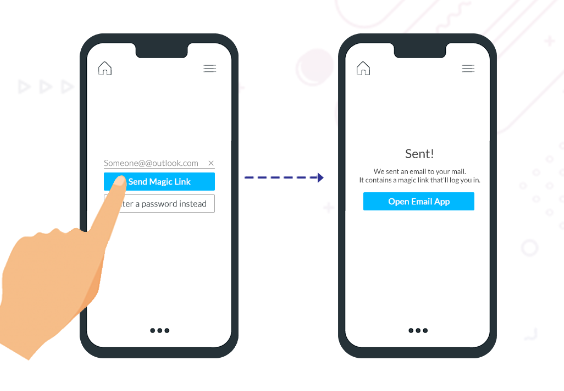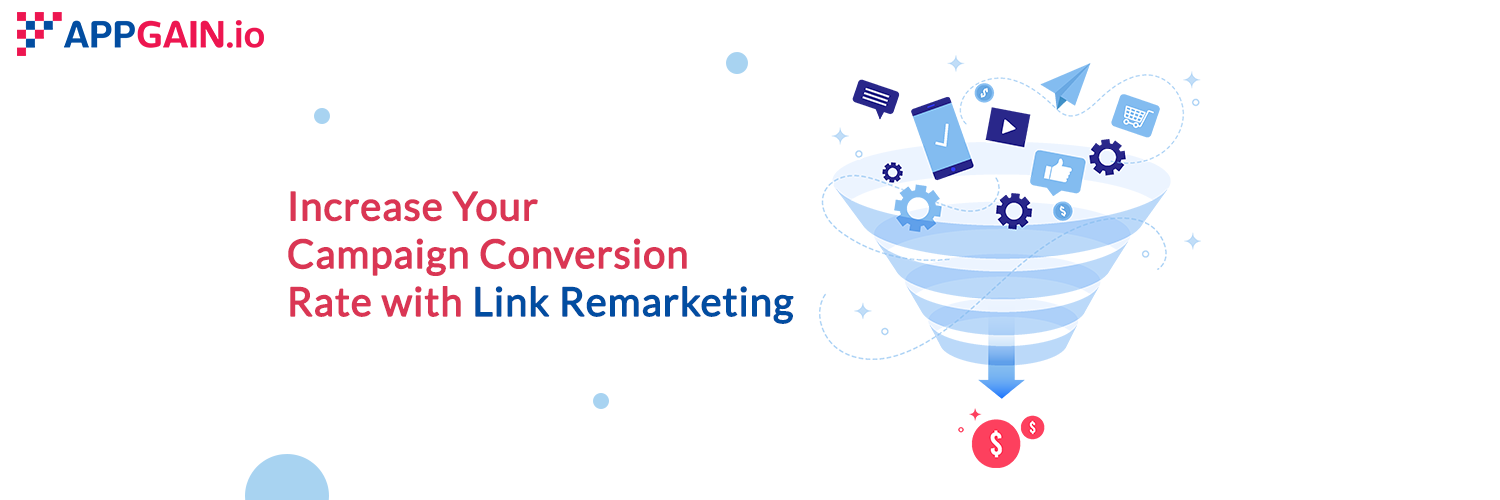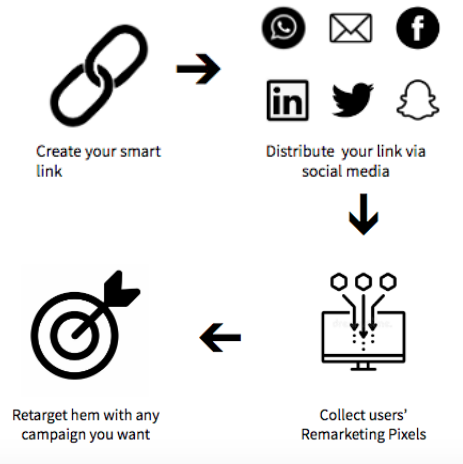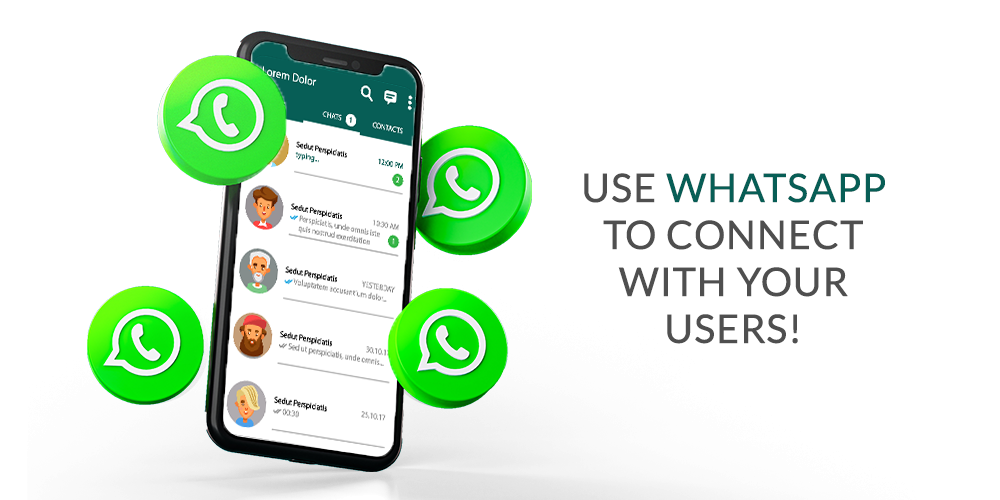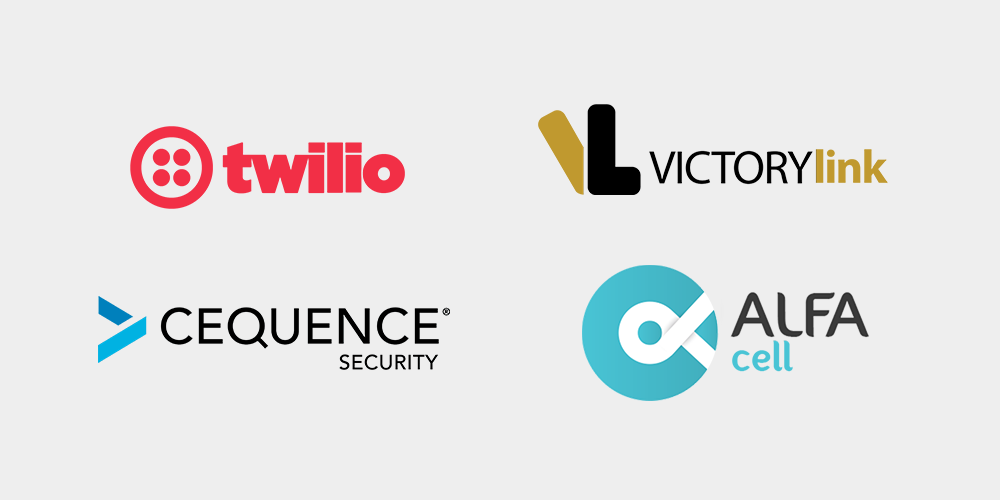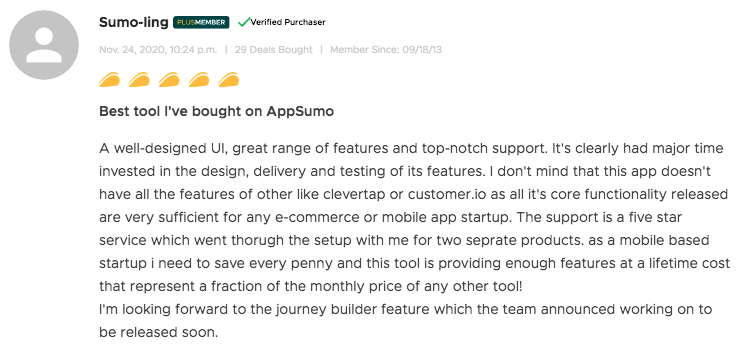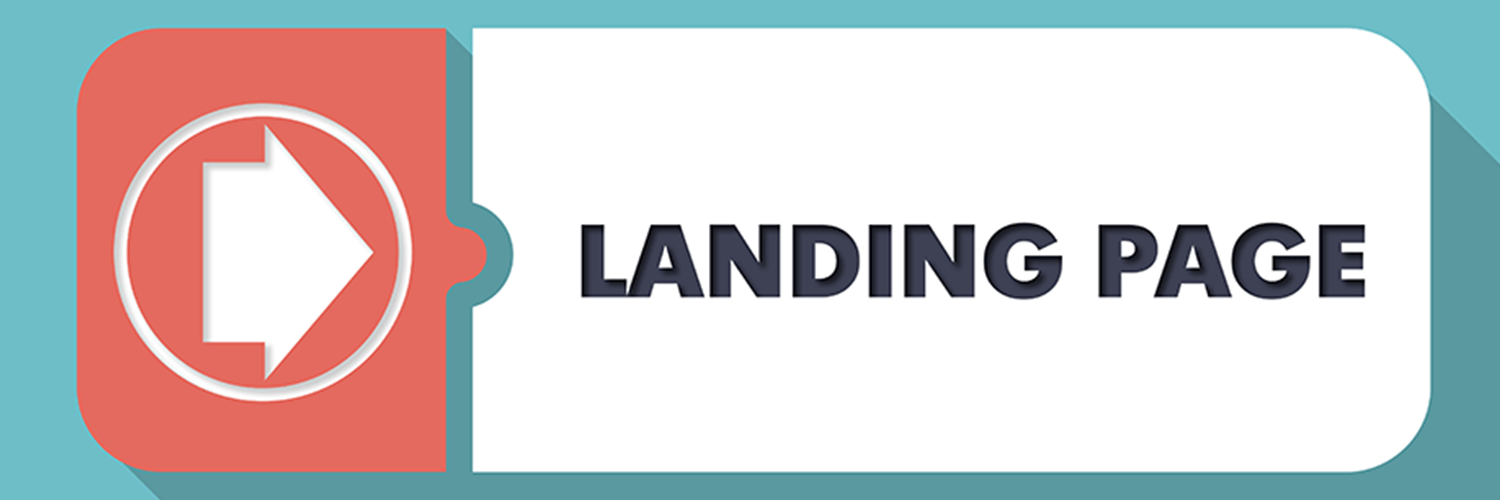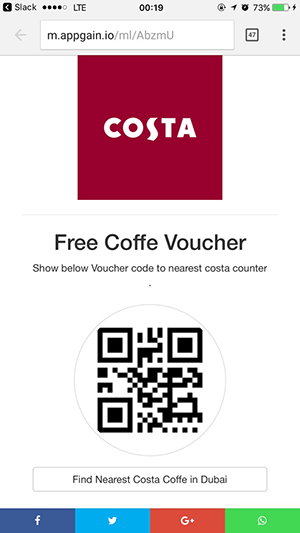[perfectpullquote align=”full” bordertop=”false” cite=”” link=”” color=”” class=”” size=””]Ecommerce has transformed our lives and eCommerce marketing automation is gaining more and more attraction![/perfectpullquote]
Nowadays eCommerce has become a big part of our daily lives, and for a good reason, we use it every day, but as an eCommerce website owner, you’re always looking for new ways to develop your store.
Dealing with pain points and managing clients expectations isn’t an easy task, and eCommerce store has multiple pain points to fix that’s halting their business, so that’s why we’re writing this blog.
To work with eCommerce stores on fixing their pain points and easing up the development process without doing tons of work.
We will be covering in this blog how these pain points are affecting eCommerce store and what could they do about it, and why marketing automation has become such a big difference in our daily lives!
What are the eCommerce pain points, and why do they matter?

Now you might ask yourself, but are these pain points? How could I identify them?
Well, a pain point is something that bothers you as a business, like if your customers and going but never returning or the acquisition cost of your customer is high, and you don’t know why things like that.
If you think about it, you have your pain points, and you probably have common pain points that most of the eCommerce stores have it!
Now let’s focus on the pain points that you have in common with other eCommerce stores.
- Acquiring New Users
- Retaining Your Users
- The High-Cost Per Purchase
- What To Start With
- Being a New Store
- Analytics
- eCommerce Marketing Automation
Now Let’s Strat Diving Deeper Into Those Pain Points And How To Solve It
1-Acquiring New Users

One of the biggest challenges when it comes to eCommerce marketing is to get a customer to buy from you and not from a competitor, but how exactly do you do that?
That’s one of the questions that everyone has a different answer to, but here’s how I do it.
First of all, you need to set up your digital presence, social media profiles, and website; then you try to get attraction, get people to visit your site or some landing pages that have offers in them.
When they open the landing pages, you’ll be able to retarget them, with ads, and notifications.
With the right copy and persuasion, users will start to see your eCommerce store as trustworthy, and so they buy from you.
Now after that, you’ve successfully converted users, how do you keep them coming?
2-Retention is not easy!

Retaining users is not an easy task, but it’s achievable, with the right set of tools and tactics you’ll be able to reach users how bought from you in the past and make them return again
All you need now is to create an omni channel marketing campaign, reach your users on social media with ads that display products they’re interested in, or some new flashy sale, maybe new merchandise that It was waited for.
And reach them via notifications, compile a persuasive copy that encourages customers to come back and buy from you.
Users offline? Not a problem, you could send an SMS with a landing page in it, that way you’ve reached your customer even when offline, and you boost your conversion rate for your campaign!
3-High Cost Per Purchase
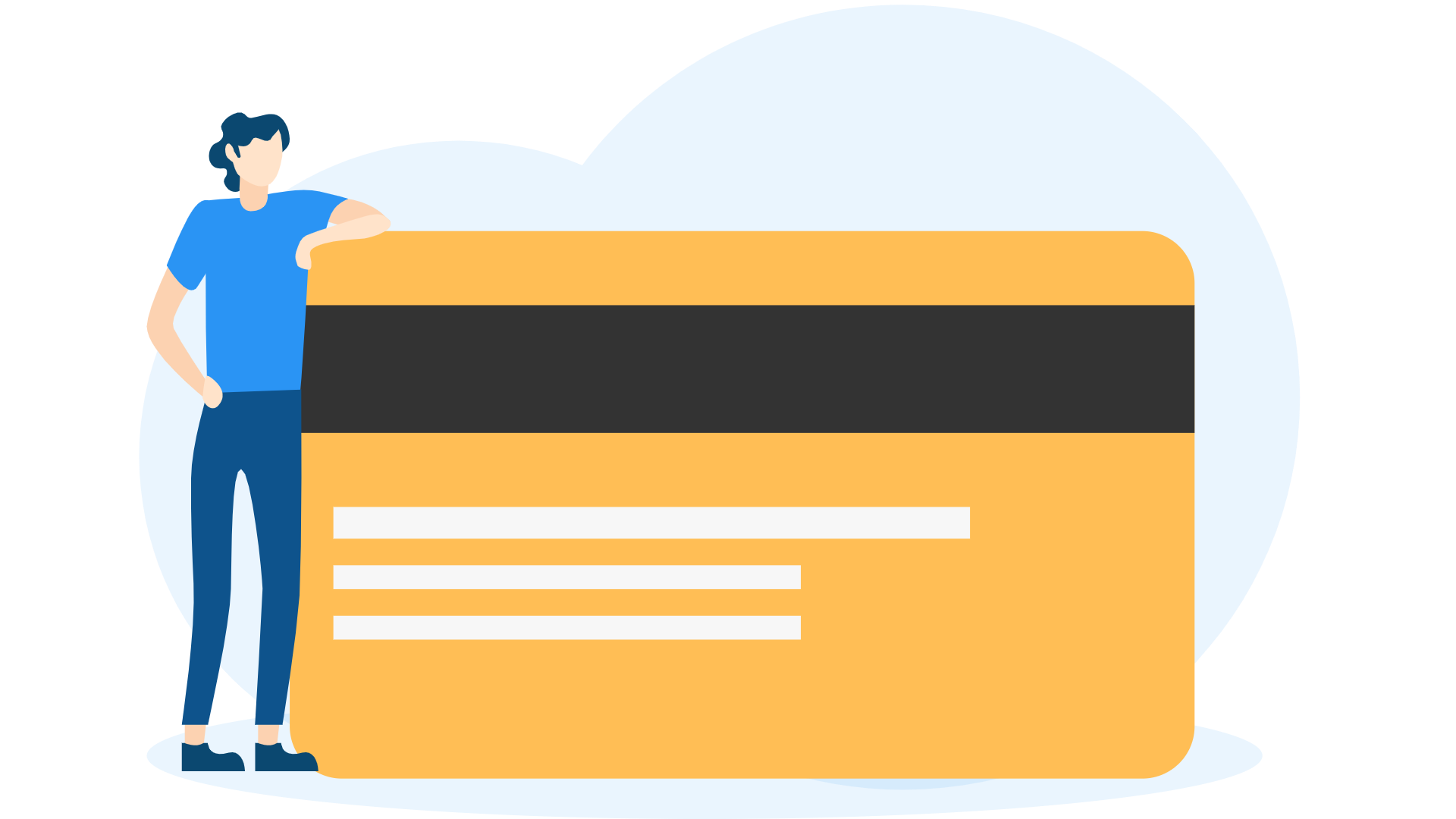
You might have an eCommerce site that sells households items, e.g., groceries, but when you run your marketing campaigns you often see that you’re not getting the bang for your buck, you’re losing money!
And that’s a huge pain point to a lot of eCommerce stores, because nowadays you have a lot of eCommerce stores popping up everywhere, so they rely on Ads and other acquisition channels, but the cost adds up eventually!
4-Okay, I build my store, what now?
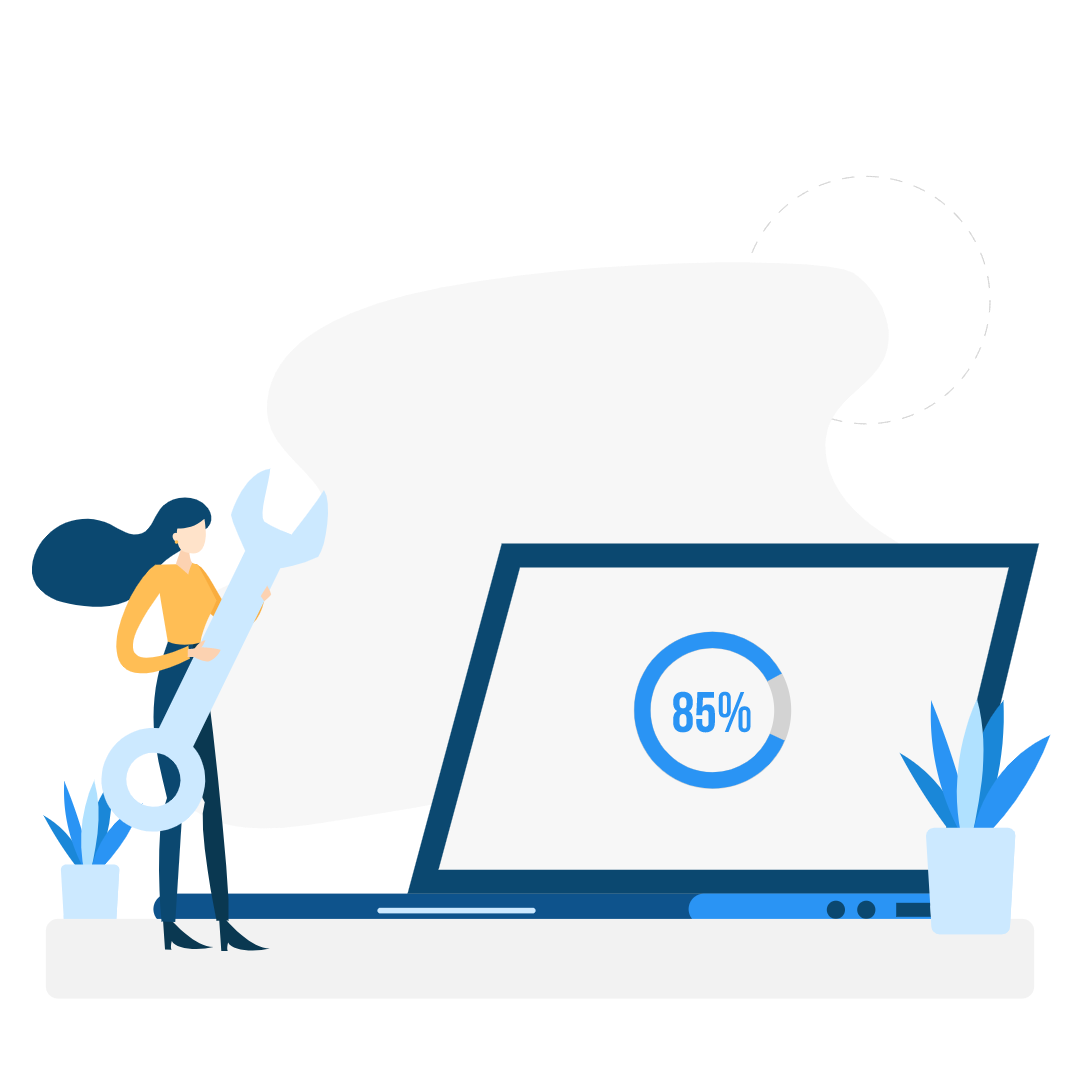
When you run an eCommerce store, you’re presented with two options, either you decided to build your store from scratch, or you could rely on an eCommerce system like Shopify.
Each fits a specific role, and each has its pros and cons, but the most important thing what happens after you build your store, most of the store owners build their store and wait for the money to come!
But that’s not the case at all; once you build your store you must start working on your marketing campaign, I tend to focus on four pillars when I start marketing for myself, these four pillars are:
Now let’s take a closer look at each one of these pillars and utilize it to our advantage.
SEO:

Nowadays SEO is a critical factor for driving more traffic and sales for your site, and when you have an eCommerce store, you want to reach people who’re let’s say searching for a new desk, you want to rank for an office-related term when it comes to content on your site!
Paid Advertising:
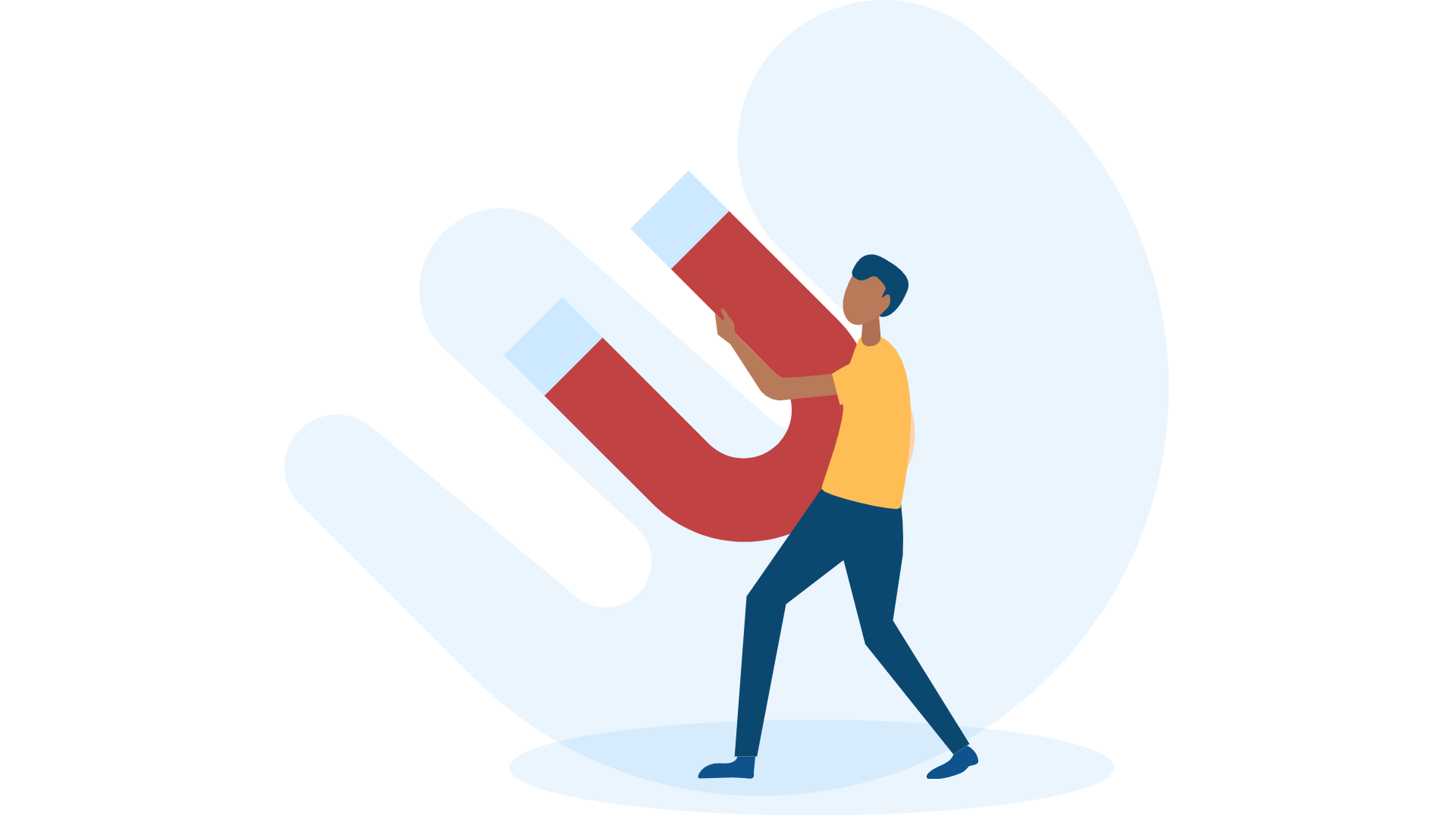
We talked in a previous section about how some eCommerce stores might not make the best use of paid advertising, but that doesn’t mean it doesn’t work!
If you set up your ad accounts correctly, monitored them and followed the guidelines of each account, you’ll do excellent, and also there is always the option to hire a professional to help you with your ads.
Omnichannel marketing:

Omnichannel marketing is the way you build a relationship with your customers without spending too much money; it’s simply like eCommerce marketing automation for your store; let me tell how we do it.
First, you implement retargeting pixels either manually or through Google tag manager, so you could retarget your customers later on their favorite social media.
Once you’ve set up your store, you start generating mobile landing pages with your offers and flash sales in it, when your user opens your landing page it opens the opportunity for you to retarget your customer via Ads, and Notifications.
And for users to make a purchase they must have created an account, so you have their email and phone number, now what is left is for you is to build your eCommerce marketing automation campaign and retarget your user with an omnichannel campaign from one place!
Email:
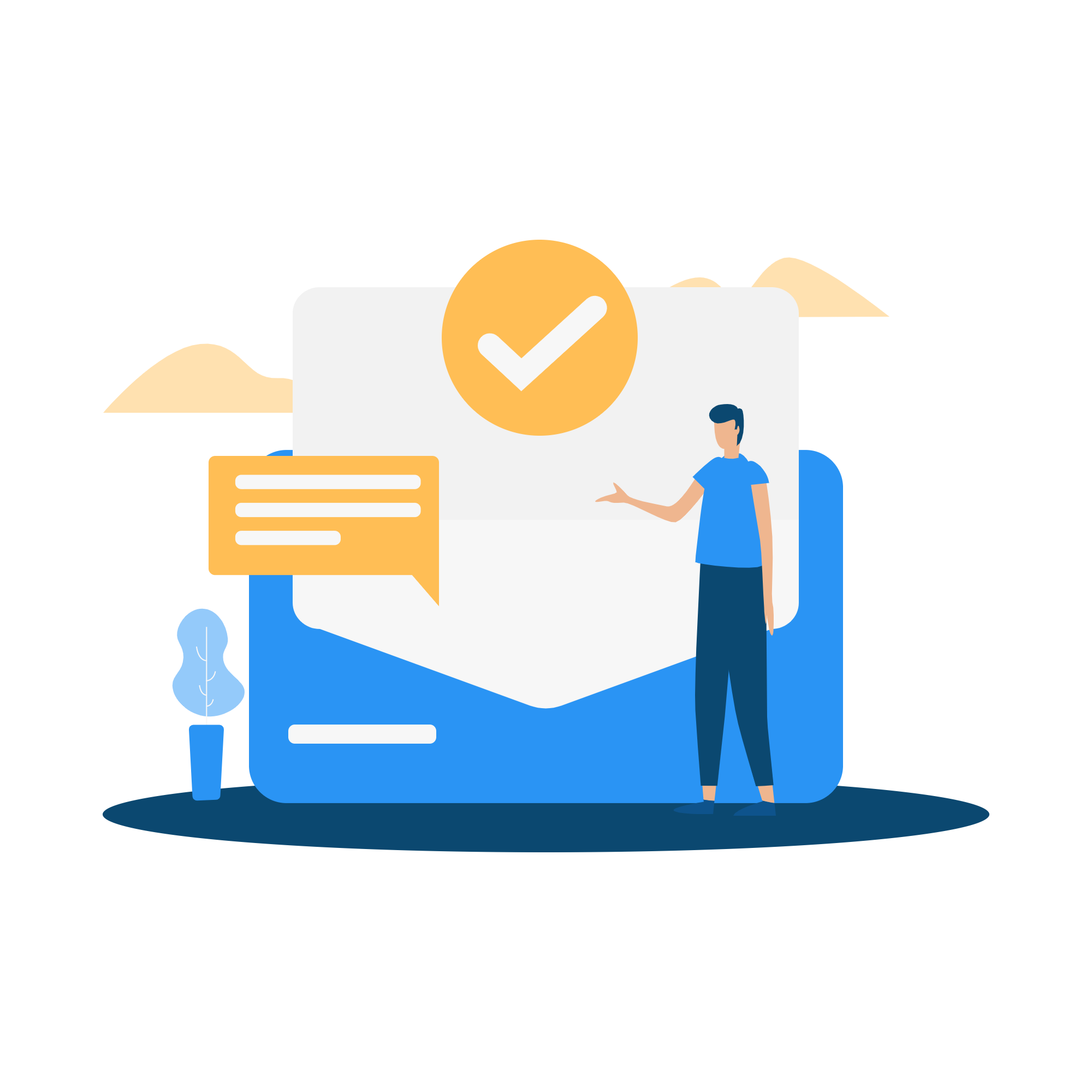
Email marketing is one of the essential marketing tools periods!
It’s just effective! If you have a tracking system on your site, let’s take, for example, the abandoned cart example:
You have a user who put things in his shopping cart, and he forgot about them, you could easily send him an email reminding him of his cart and asking him why didn’t complete the purchase.
Once you have the reasons of why he abandoned his cart, you could work on resolving them, maybe the shipping costs are high, or he wants a different color of that product, you never know!
5-Being fairly new isn’t an advantage

With a lot of new stores popping up the customers tend to not have a great deal of confidence in newly opened store, maybe they had a bad experience with a small eCommerce store, whatever the reason.
Now you have to build a relationship with your lead; maybe they came to your site out of curiosity, so you could retarget them with ads, create ads that encourage them to buy and builds confidence in your store.
When they purchase you keep them in the loop and keep your store in front of them to build confidence in your store, whether through ads, omnichannel marketing, emails, etc.
6-eCommerce Analytics

Analytics is a huge part of the eCommerce era because everything happens online; you need to be always looking up for the numbers and seeing what works and what doesn’t.
That could be a bit tricky and challenging, but you could start by implementing google analytics into your website to give you a start and an overview of your organic traffic to your site.
But from there you’re kind of lost, what metrics do you rely on to see how effective your campaigns are? Let me break down to you in Appgain.
From our dashboard, you’ll be able to monitor your omnichannel campaigns, see what works and what doesn’t, then you ‘ll have customer analytics that shows you the LTV for your customers.
Not only that but you’ll be able to track your growth rate, and you’ll be able to collect leads from within your landing pages straight to your account, that way you’ll be able to retarget your high quaily leads.
It’s simple managing eCommerce marketing automation campaigns from our dashboard, and it could mean the difference between a successful business and a failing one!
7-eCommerce Marketing Automation
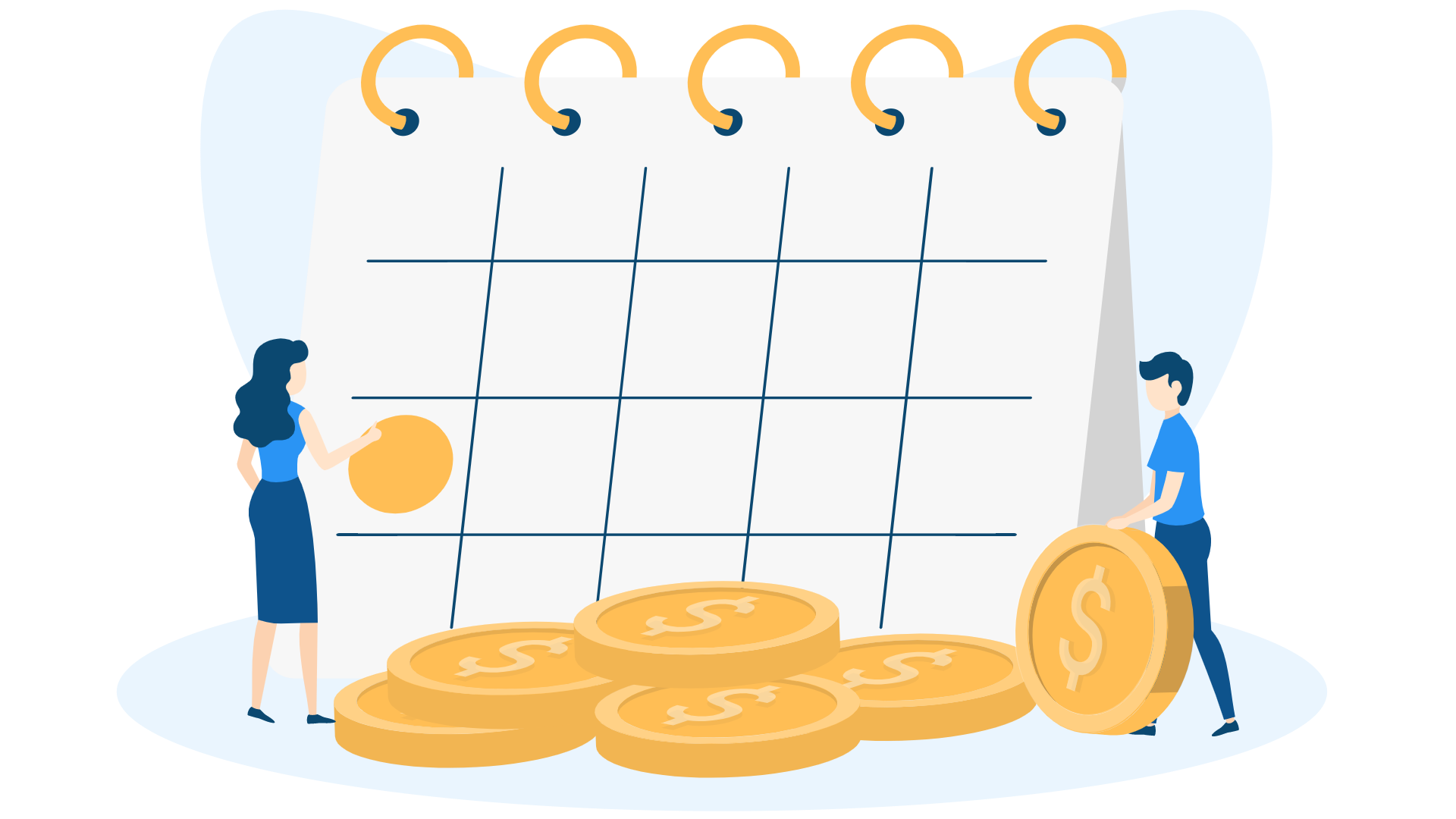
Nowadays Automation has become a huge part of our daily life, simply because it could get you higher results without much effort, that’s why it’s the main pain point that we need to talk about.
Most eCommerce sites don’t implement Automation within their marketing campaigns, and that leads to lower results, and it usually consumes more work.
But with eCommerce marketing automation, you’ll be able to gain more by doing less, confused? Let me explain!
With eCommerce marketing automation, you’re able to set up entire campaigns to executed without you having to be there to run it yourself.
You could send notifications, SMS, Email so you could drive your engagement rates up, include catchy landing pages with products in them so you could achieve sales!
You could automate a trigger that whenever a customer abandons his cart, he gets notifications and email encouraging him to complete his purchase!
Conclusion
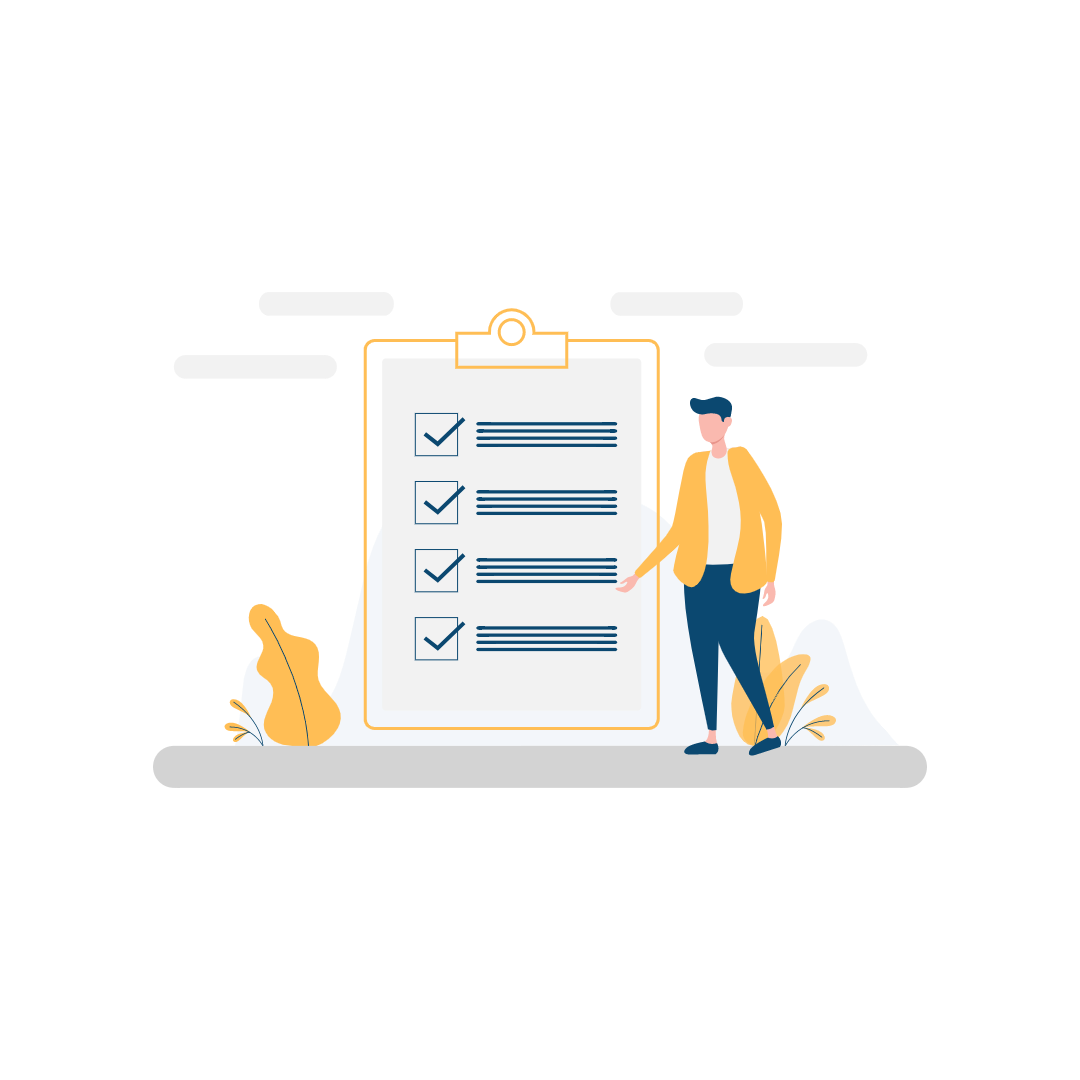 We hope that you found what you need to improve your eCommerce store right here in our blog, to summarize up we talked about pain points in eCommerce, what’re they and what’re the most common seven pain points that face the eCommerce.
We hope that you found what you need to improve your eCommerce store right here in our blog, to summarize up we talked about pain points in eCommerce, what’re they and what’re the most common seven pain points that face the eCommerce.
We talked about how you could overcome these challenges and how does Appgain help you with these pain points!
Do not hesitate to reach out and Contact Us! Request Demo now.

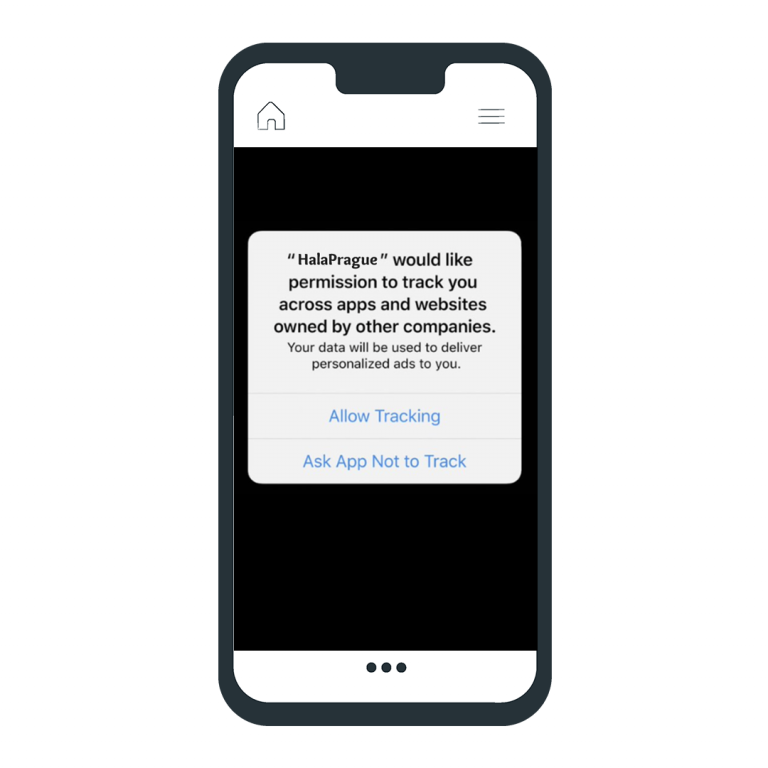
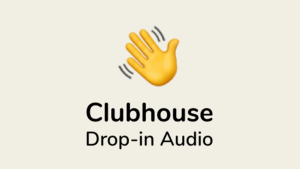
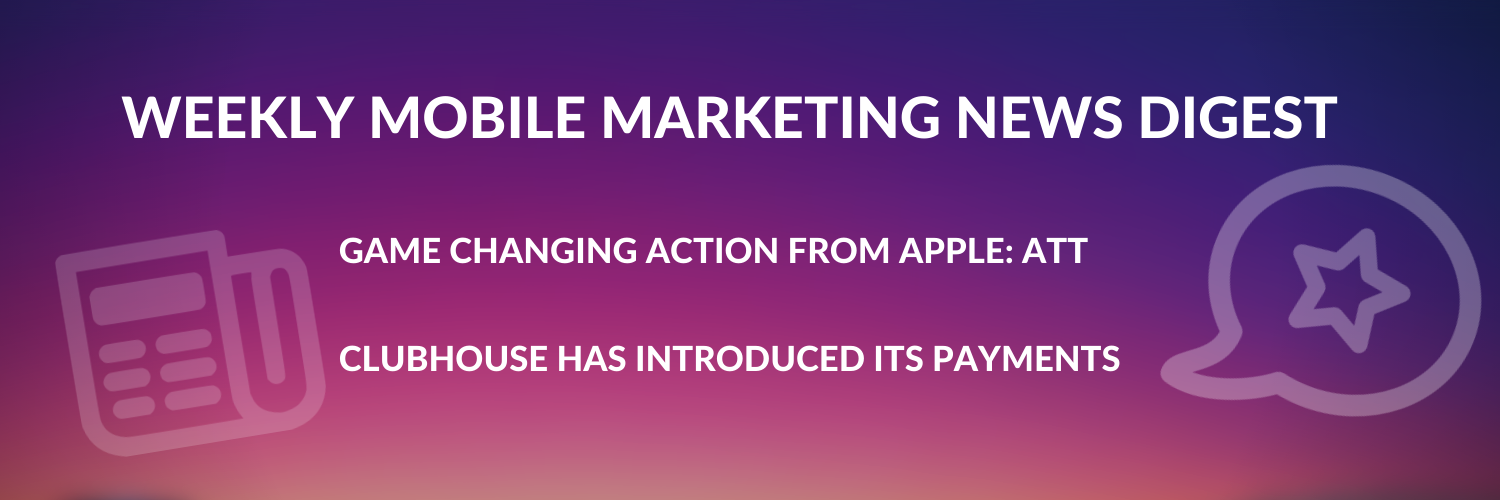

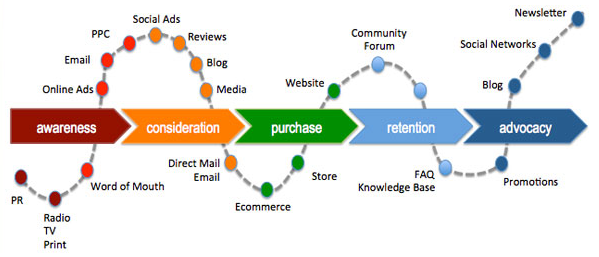




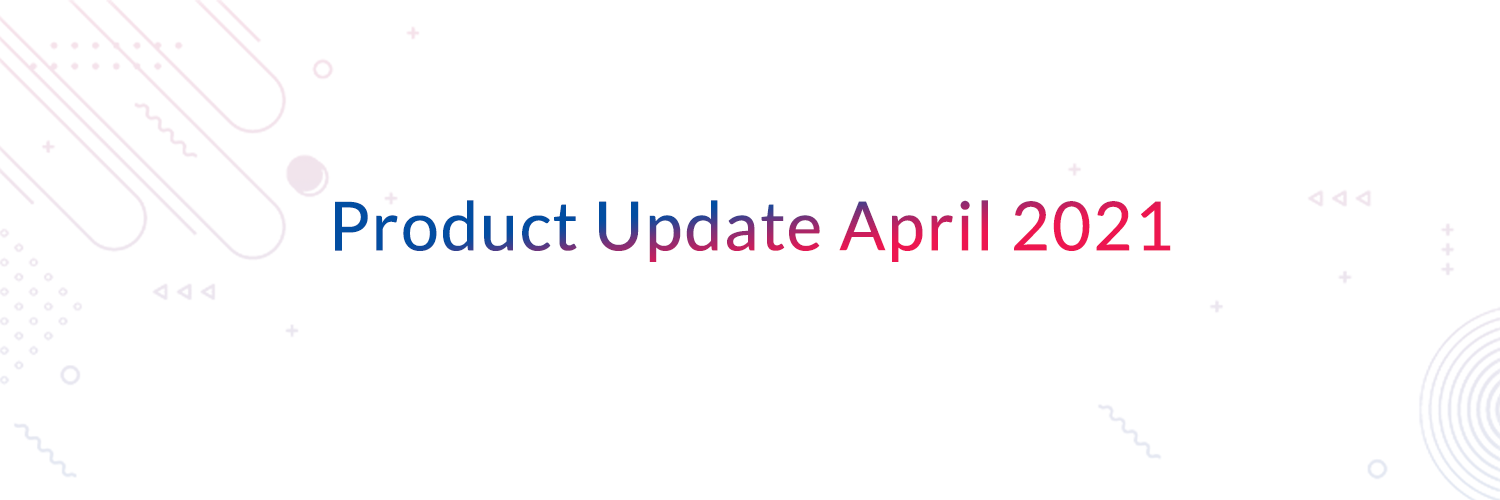
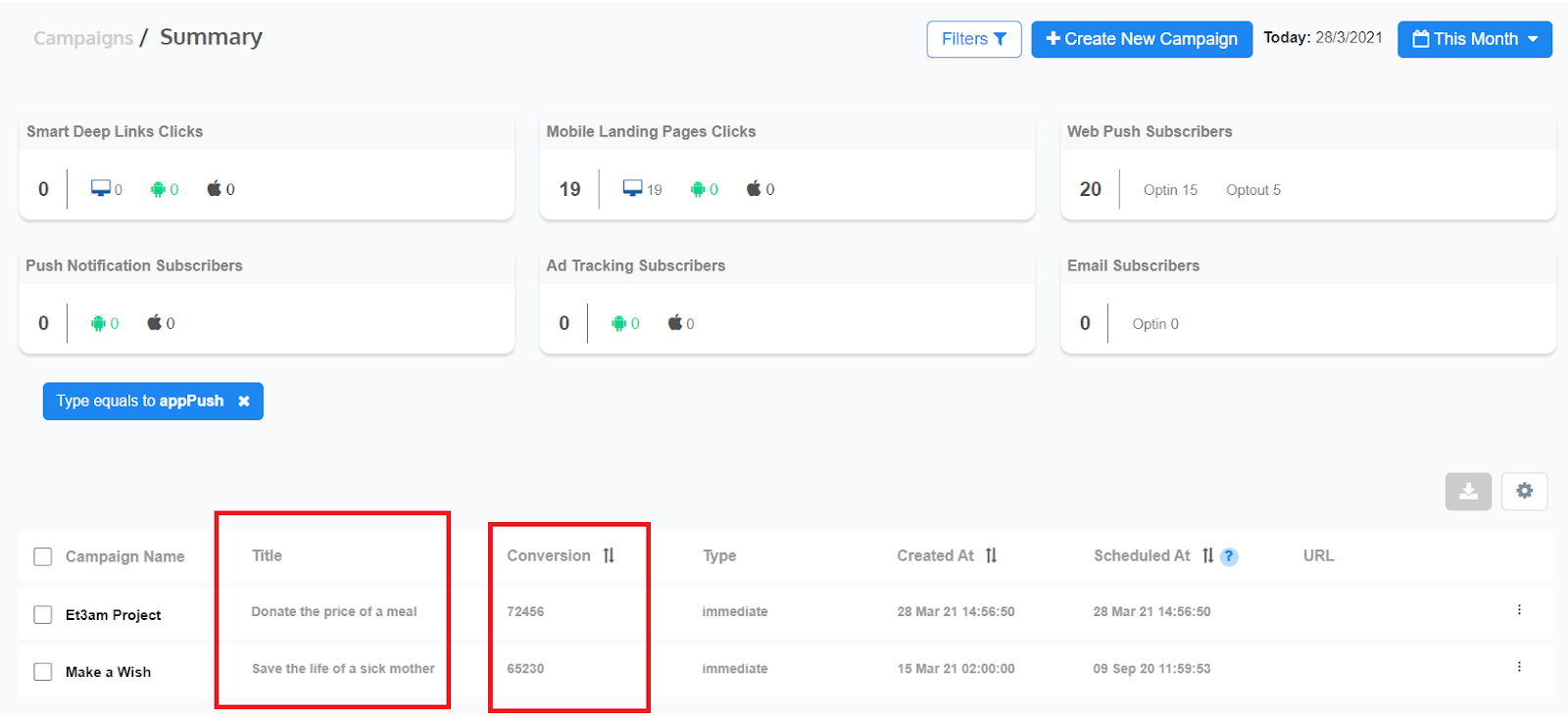
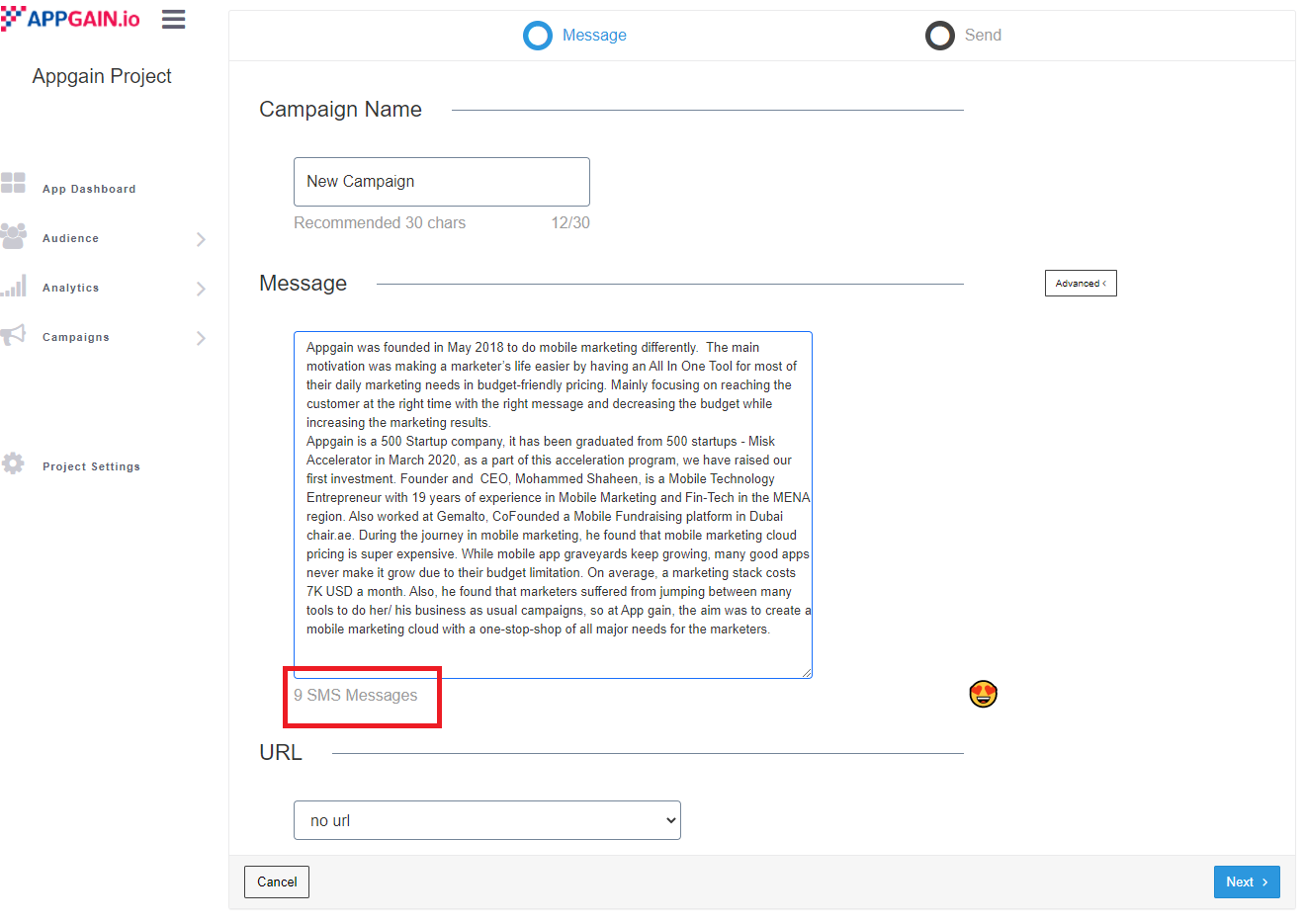


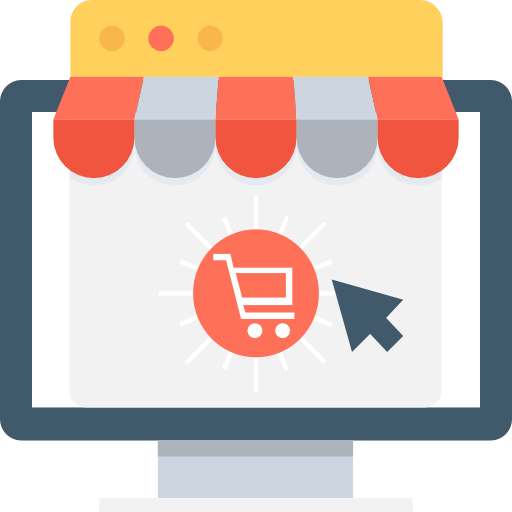

















 We hope that you found what you need to improve your eCommerce store right here in our blog, to summarize up we talked about pain points in eCommerce, what’re they and what’re the most common seven pain points that face the eCommerce.
We hope that you found what you need to improve your eCommerce store right here in our blog, to summarize up we talked about pain points in eCommerce, what’re they and what’re the most common seven pain points that face the eCommerce.
